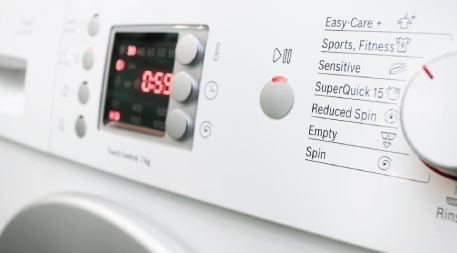In 2009, a research team led by Shahzeen Attari at Columbia University’s Center for Research on Environmental Decisions surveyed 505 subjects to assess their perceptions of energy consumption and savings for a variety of household, transportation and recycling activities. The team found that subjects sometimes overstated the impact of visible actions that offered relatively little energy savings, while profoundly underestimating the impact of less-visible steps that saved 10 or even 100 times more energy. While the test did not formally include cost estimates, the data suggest that respondents tended to underestimate choices with bigger impacts that were more costly.
Interestingly, respondents who identified themselves as eco-minded tended to be less accurate than the general public. Emphasizing that the study wasn’t testing the causes of these misconceptions, Attari points out, “The well intentioned may focus on behaviors that they do, and pay less attention to the ones they don’t do.”
But the study offers one piece of the puzzle to help encourage efficiency: Enlighten consumers about their consumption. Some utilities, for example, are tinkering with household gizmos designed to deliver data to residents so they can see their energy use. That kind of personalized instant feedback on gains made may be just what people need to make pursuing energy efficiency seem worth their while — particularly if reducing energy use is tied to something that makes a difference to them.
High costs, such as the price tag for insulation or a new, energy-efficient furnace, can be a barrier to major green upgrades.
“Go after what matters most to a consumer,” says Attari. “If they care about security, talk about energy independence. If they care about economics, talk about cost savings. If they care about their grandkids, talk about protecting future generations. If they care about biodiversity and species extinction, talk about polar bears.”
Set the Pace
Consumers are quick to state a willingness to pay for green features. But in practice, another impediment to adopting energy efficiency measures is our aversion to paying large amounts up front, even if the investment promises long-term savings. High costs, such as the price tag for insulation or a new, energy-efficient furnace, can be a barrier to major green upgrades.
Some cities have pioneered an innovative solution to this problem. Adapting a model historically used to pay for sewer systems, sidewalks and other public works, planners in Berkeley, Calif., devised an approach — called Property Assessed Clean Energy, or PACE — that financed the up-front costs of big-ticket efficiency investments by issuing a bond. Property owners could, in turn, borrow those public funds to pay for green upgrades. To pay back the loan, homes that tapped into PACE funds see their taxes rise incrementally over 20 years.
“PACE helps consumers get past the hurdle of paying up-front costs,” said Claire Danielle Tomkins, director of research at the Carbon War Room, at the Business Climate 2010 conference in New York.
To date, more than 20 states have passed laws enabling PACE programs. Perversely, however, Washington stymied the progress of PACE deployments. In the wake of the global financial crisis, federal authorities blocked mortgages attached to PACE bonds, arguing that the added payments increase a borrower’s monthly costs and thereby add risk to still sickly mortgage markets.
Rebound
Interestingly, thanks again to human nature, even implementing measures that improve efficiency will not necessarily result in reduced energy use.

In one study, households that installed high-efficiency washing machines also boosted washing volume 5.6 percent. ©iStockphoto.com/alexandrumagurean
One challenge is something called the “rebound effect.” By definition, greater efficiency lowers the cost to use a technology. But people tend to consume more of something as it gets cheaper. When these two truths collide, efficiency gains can be diluted by increases in use. One study found that households with high-efficiency washing machines boosted the volume of washing they did on average by 5.6 percent. This increase didn’t negate the 40 to 50 percent reductions in water and energy consumption the units delivered, but it did erode total efficiency gains, according to a 2008 RAND paper by economist Lucas Davis.
For another twist on how human nature can stymie efficiency’s efforts to cut energy use, consider America’s love affair with big, fast cars. The technology to dramatically boost vehicle efficiency has been progressing for decades, but technology upgrades that could have saved energy have instead gone to soup up performance. While mileage barely budged between 1990 and now, average horsepower surged 77 percent, to around 230 today. As a result, today’s mild-mannered Toyota Sienna minivan offers about as much horsepower as Ford’s fastest ’72 Mustang.
More Carrots, More Sticks
Alas, there is no single fix for efficiency elusiveness. Logjams like the PACE policy must be dismantled one by one. And because human behavior is so complex, approaches to altering it must take many forms.
Ensia shares solutions-focused stories free of charge through our online magazine and partner media. That means audiences around the world have ready access to stories that can — and do — help them shape a better future. If you value our work, please show your support today.
Yes, I'll support Ensia!
